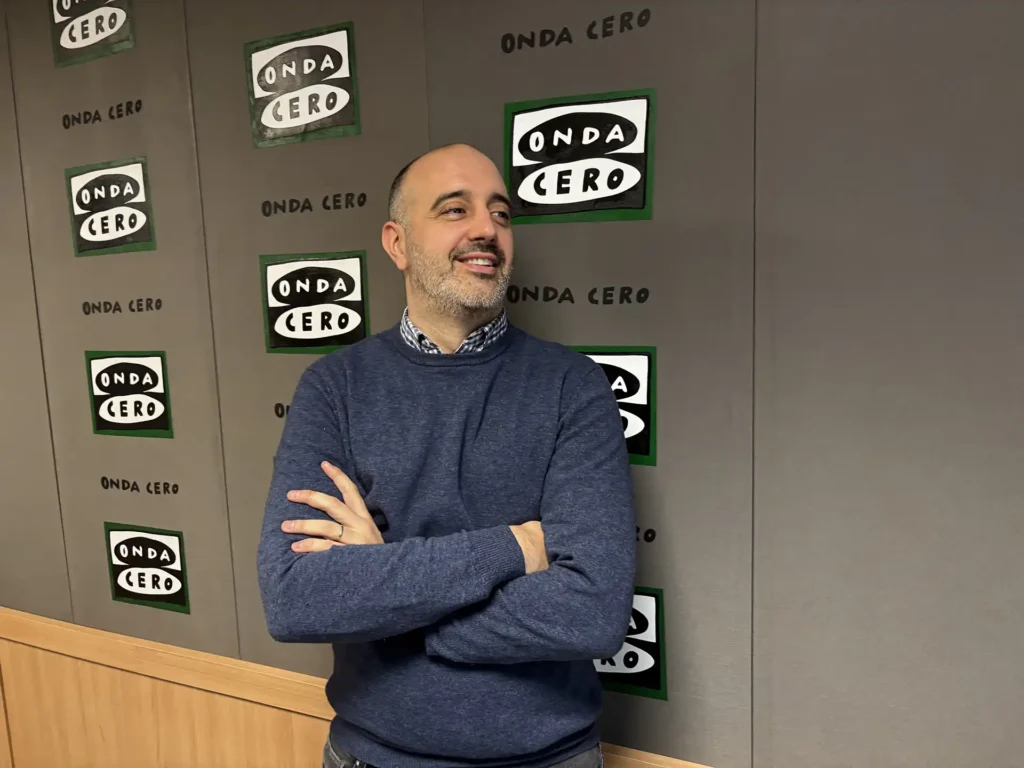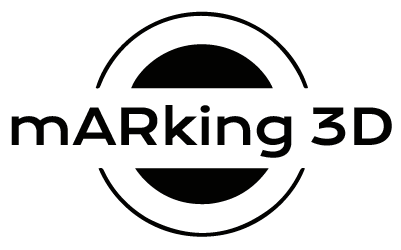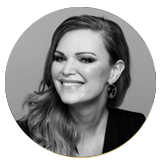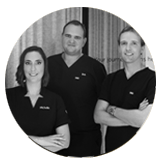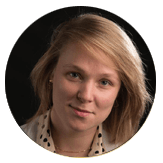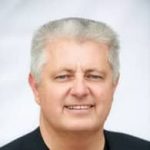“We have developed two applications that, through Augmented Reality, allow for a facial arterial map of the patient’s face, greatly minimizing risks in aesthetic treatments.”
This was the introduction of Jonas Gómez, who was interviewed a few days ago on the program “In Good Hands,” a program on Onda Cero radio, where our CMO had a few minutes to chat with journalist Robert Calvo. “In Good Hands” is a radio program that covers various topics in the fields of health and medicine, covering rigorously current issues and providing different perspectives so that listeners can listen, discover, and even learn about aspects, told by professionals who strive to ensure that society, as the program’s name suggests, is in good hands.
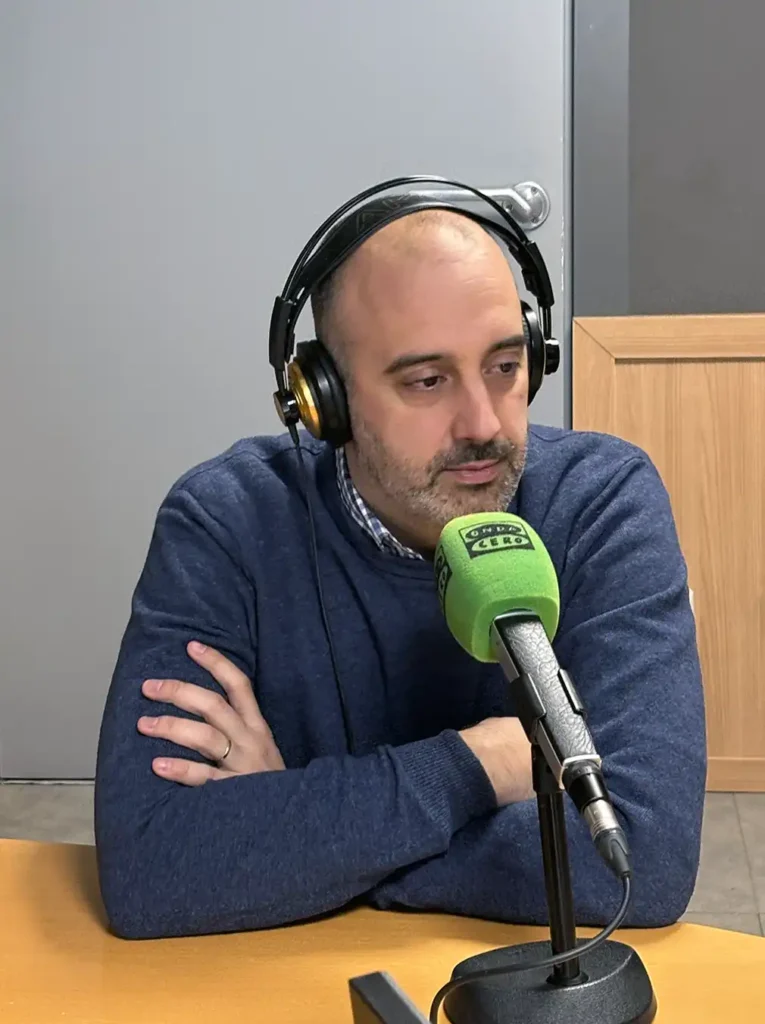
“These are tools that create a 3D map of the face. The patient undergoes a prior MRI, which allows us to segment each patient’s facial arterial map. Because, in the end, each patient’s arterial map is unique. Anatomy textbooks are available, but the arterial map and the location of the arteries in each patient are unique. With these applications, we project this arterial map onto the patient’s face using Augmented Reality, which makes it easier for the plastic surgeon or aesthetic doctor to determine where to inject and, above all, where not to inject,” Gómez continued in response to questions from the journalist.
For Gómez, the most important aspect of the increasing number of medical professionals using our augmented reality-based applications is that, on the one hand, “you can see how your face will look after the procedure, which helps not only the patient know what the outcome will be or how close the result will be, but also the professional who must perform the treatment. With arterial visualization, aesthetic treatments can be carried out with greater confidence, which is something that all patients naturally appreciate when applying any treatment.”
In addition, our CMO took the opportunity to explain a major new development: “A few days ago, we incorporated photos with which we can see before and after images. We can even access a small prediction of what the outcome will be like, even through Artificial Intelligence algorithms. However, our main focus is on Augmented Reality technology. The most important thing is that we obtain direct and, of course, more reliable results for the surgeon.”
“And what do surgeons say about this? Do they see it as a useful tool?” the journalist asked Jonas Gómez, who replied: “Yes, they see it and think it makes sense. Many of the doctors and surgeons we spoke to see it as the future of facial aesthetic treatments. We have to keep in mind that patients are especially concerned about safety, precision, feeling good the next day, and avoiding risks as much as possible. That’s why the aesthetic medicine professionals we spoke to see it as logical and normal, even essential. In fact, we already have, for example, a surgeon in Madrid who has already included it in her daily routine in all the treatments she performs.”
Robert Calvo, an expert journalist on health issues, asked our CMO what types of surgeries this technology, augmented reality, is most commonly used in. Gómez pointed out that it ranges from facial aesthetic treatments and facial liposuction, “but also in the more public sphere of medical institutions and entities. We’ve already begun working with three hospitals nationwide for oncology, facial reconstruction, and maxillofacial surgery.”
“And the future? Will more and more people be treated? And will we increasingly use the technology?” concluded the interview, during which Gómez advocated for a “long live augmented reality. This is constantly advancing; more and more people are undergoing more and more treatments, which can be more or less invasive. What was news yesterday is already old news today; everything is advancing at a dizzying pace, and giant steps are taken every year. And I’m clear that the future lies in augmented reality being applicable to the entire body, to all parts of the body.” We’ll have this visualization through augmented reality to know where to operate and where not to, and above all, to minimize not only the risks but also the postoperative period, so the scar is as small as possible. And this is a huge-added value.”
